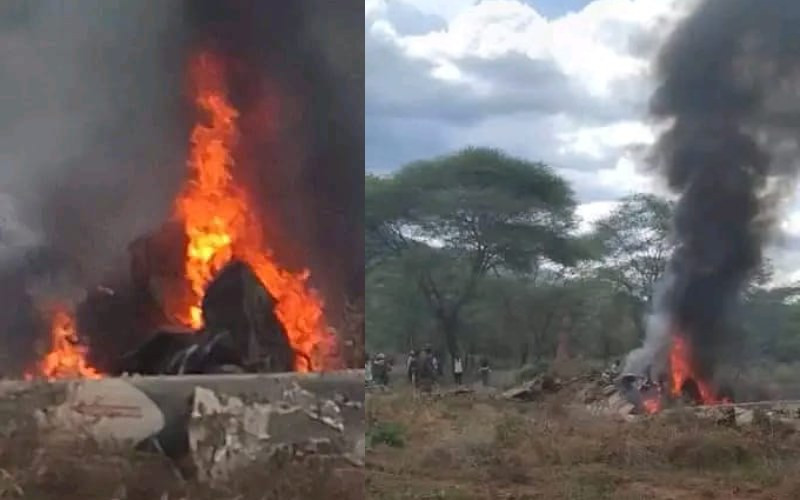Eight months after the September 2013 Westgate Shopping Mall attack, an assessment of the terrorism landscape by the Kenyan detectives showed that the Government was fearful of another operation or bigger attacks.
Less than a month after the sobering May 2014 assessment, Al-Shabaab attacked Mpeketoni and Poromoko in Kilifi County and killed 65 people.
According to security reports leaked to Al Jazeera, there was a sinking feeling within the security establishment that another attack could happen because "the Westgate terror attack did not achieve the intended objective".
The probability of post Westgate attacks had been enhanced. Detectives believed that Al-Shabaab had acquired new capabilities including ability to assemble and deploy vehicle borne improvised explosive devices, established operational links with Al-Qaida and infiltrated operatives into Kenya.
The inability of the police to intervene effectively, in the Mpeketoni and Poromoko attacks appears to have been prophesied in a secret communication between police departments that candidly said security agencies were unable to "fully cover the wide range of terrorism targets across the country".
The document that makes these startling claims did not state what the National Police Service statement to all police investigative agencies meant by "did not achieve the intended objective" but disclosed a conviction within the top police circles that terror groups were committed to establishing an Islamic caliphate covering Kenya and the region through violence.
Military involvement
When Al-Shabaab militants attacked the mall, they killed close to 70 people in a random orgy of violence that lasted several days. Al-Shabaab said it plotted the attack to protest Kenya's military involvement in Somalia and published names of militants it claimed attacked the mall and left alive. Kenyan authorities said there were four attackers who were all killed.
Besides, says documents recovered by Al Jazeera, sections of the Jubilee government believed that new and broader attacks were imminent because the security apparatus lacked the capacity to monitor the internet which it believed was a major recruitment and operational tool.
Despite the massive casualty figures, the Kenyan authorities believed Al-Shabaab was not done with Kenya and could exploit weaknesses in the system to launch more devastating attacks.
This assessment was made in a communication to police departments across Kenya and was uncovered by an investigation by Al Jazeera which has published many documents on terror suspects that were later slain. The author says that at the time, Kenya was awash with Al-Shabaab sleeper cells, deployed by Al-Qaida leader Ayman Al Zawahiri and recently slain Al Shabaab commander Abdi Godane.
 The Standard Group Plc is a
multi-media organization with investments in media platforms spanning newspaper
print operations, television, radio broadcasting, digital and online services. The
Standard Group is recognized as a leading multi-media house in Kenya with a key
influence in matters of national and international interest.
The Standard Group Plc is a
multi-media organization with investments in media platforms spanning newspaper
print operations, television, radio broadcasting, digital and online services. The
Standard Group is recognized as a leading multi-media house in Kenya with a key
influence in matters of national and international interest.
 The Standard Group Plc is a
multi-media organization with investments in media platforms spanning newspaper
print operations, television, radio broadcasting, digital and online services. The
Standard Group is recognized as a leading multi-media house in Kenya with a key
influence in matters of national and international interest.
The Standard Group Plc is a
multi-media organization with investments in media platforms spanning newspaper
print operations, television, radio broadcasting, digital and online services. The
Standard Group is recognized as a leading multi-media house in Kenya with a key
influence in matters of national and international interest.









